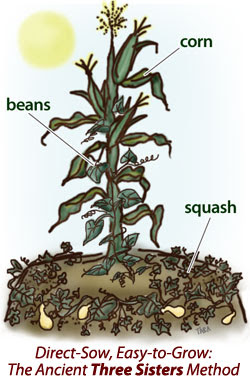Permaculture and Regenerative Design:
- the development of agricultural ecosystems intended to be sustainable and self-sufficient.
- applicable to food, climate, energy, shelter, water, waste, emissions, etc.


Why This is Important:
Current Building Methods:
-There are currently multiple environmental issues related to building practices:
- consumption of up to one half the world’s physical resources
- deforestation as a result of wood harvesting
- disrupted wildlife habitat/ destruction of agricultural lands
- pollution of air and water
-One of the biggest issues is the amount of pollution that results from building and the operation of inefficient buildings
- Single family homes produce 26,000 lbs of CO2/ year on average
- inefficient energy preservation leads to reliance on heating and cooling systems– attributed 286 lbs of CO2/ degree Celsius
- the construction process creates still more pollution than the operational production

There are many alternative building materials, with different levels of acceptance and feasibility. Some of the types are described here.
Issues with designing with Permaculture:
- Violates building code to recover rain water to drink, composting smells, livestock problems in residential, difficulties with community resources,etc.
- Current building code is incredibly prescriptive (although it is slowly changing to allow more sustainability).
- Building industry and infrastructure are designed to rely on unsustainable practices.
- Prospective buyers lack interest regenerative design.
There are currently many barriers to changing the methods of building:
- subsidies on energy prices
- division of the industry between design, building, and materials among various trades
- limitations in financing
- existing building codes– restrictions on natural materials/limiting to only experimental projects
